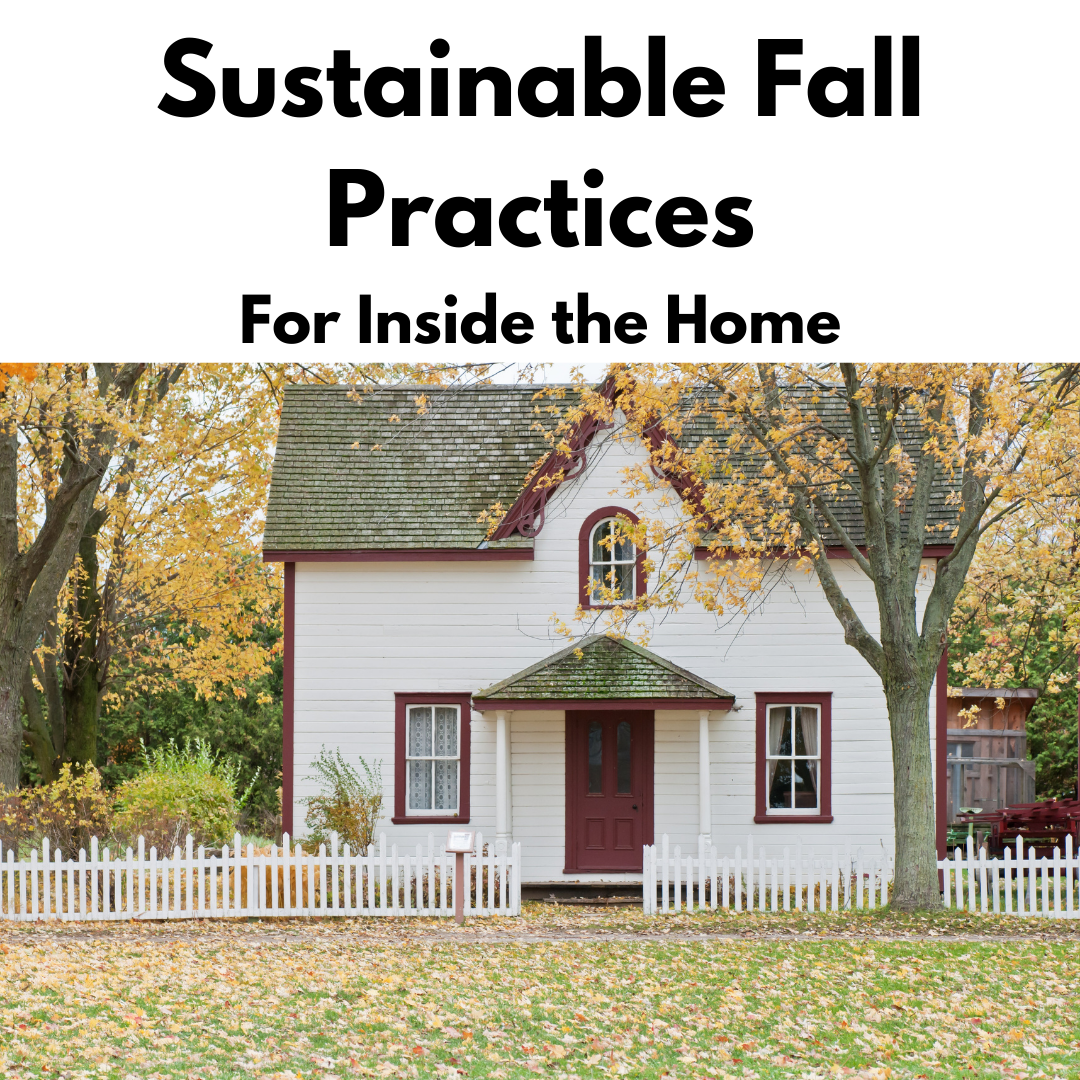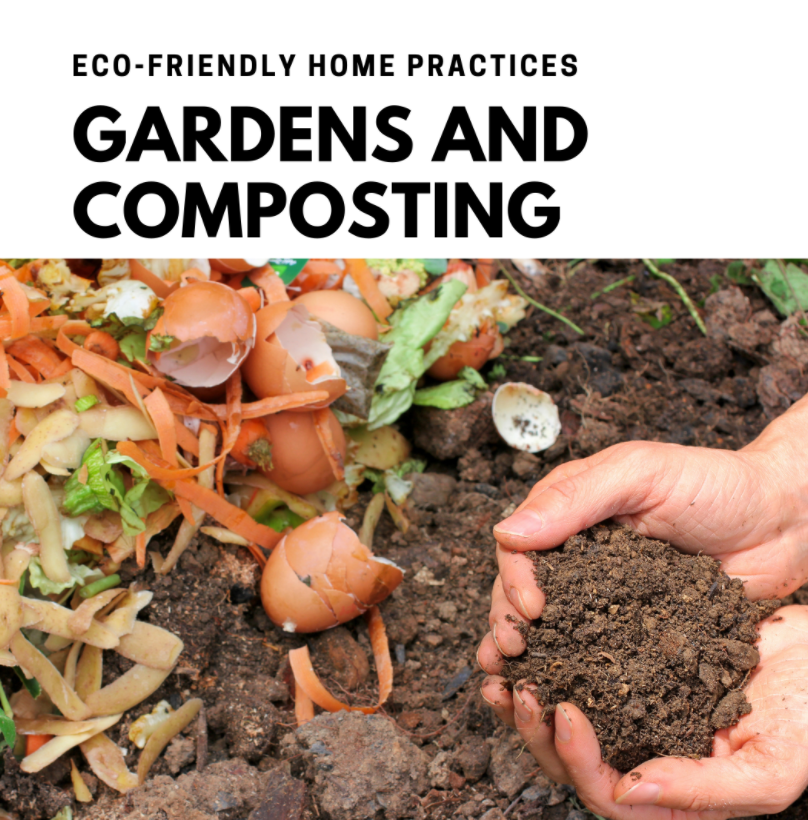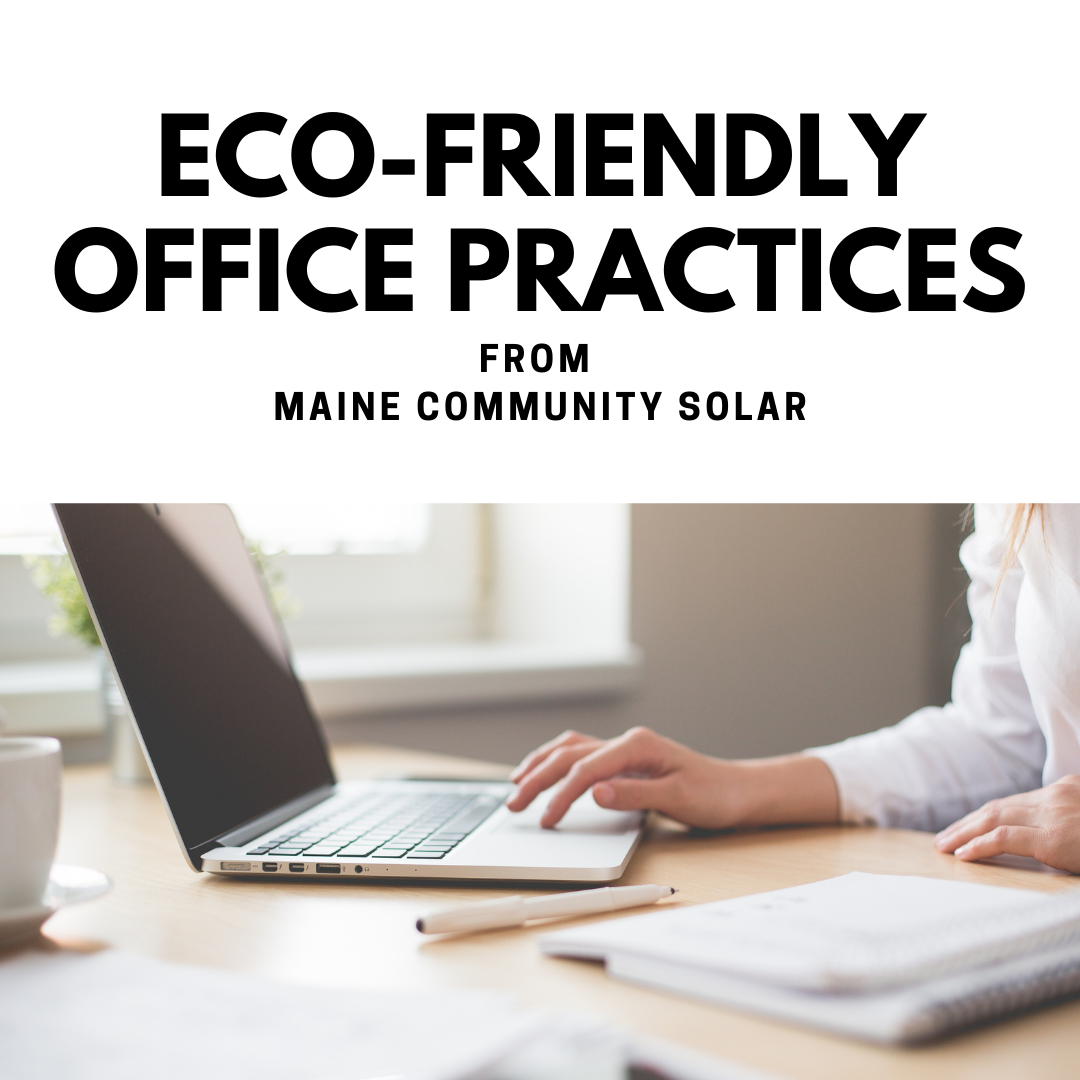Category: Solar Stories
-

Sustainable Fall Practices for Inside the Home
We have gathered 9 simple efforts for inside the home, so we can all enjoy a more sustainable fall and a cozy, eco-friendly home in these coming winter months this year.
-

Eco-Friendly Fall Tips for Outside the Home
As the nights begin to cool and seasons begin to shift, we welcome fall back again. Fall is a time of settling in and preparing for winter. As we begin making those fall to-do lists, we stop to consider how we can approach them in a more sustainable manner? We have found 8 great ways…
-

Electricity Rates Rise for Maryland Residents
2021 was a year of highs and lows, especially if you look at electricity rates for Maryland residents and business owners. CMP customers have now faced a double-digit increase in electricity rates as of August 1st. Why did the rates increase last month for CMP customers? Is there anything Marylandrs can do to offset these…
-

Eco-Friendly Travel Tips To Consider Before Your Next Trip from Maryland Community Solar
Sustainable travel is possible, and we’re here to tell you about all the eco-friendly ways you can improve your traveling practices! We have broken it down to 5 key elements, thoughtful planning, packing with care, transportation and stays, eco-activities, and the mindful traveler. We hope these tips come in handy your next trip! Book your…
-

Eco Friendly Home Practices: Gardens & Composting
Composting is a great first step toward living sustainably. Why should we compost and how do we get started? What does and does not belong in a compost pile? By composting at home, you are helping decrease the amount of food waste that goes into a landfill, creating natural fertilizer, and lowering the amount of…
-

Eco Friendly Office Practices From Maryland Community Solar!
Sustainable office practices.
